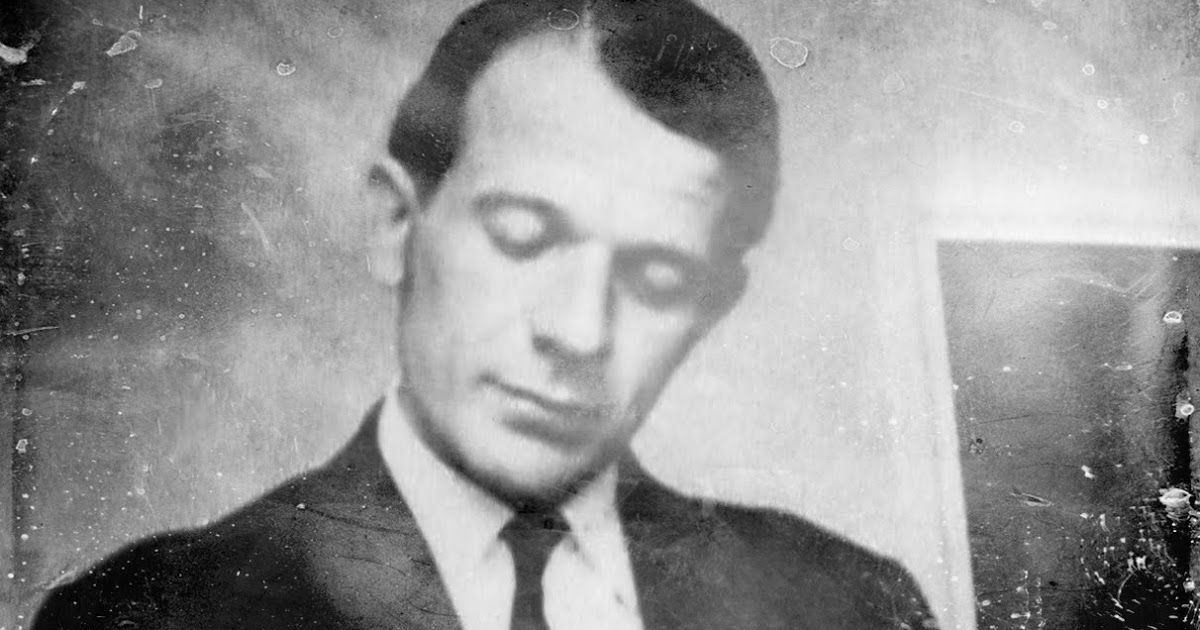MSt in Film Aesthetics: Reading List (Michaelmas)

Below you can find a list of all the readings that were set for Michaelmas/Term 1 of Oxford’s MSt in Film Aesthetics course (2019-2020). I have also listed the preliminary readings that we were recommended to read prior to starting the course.
Note: Future reading/film lists, and modules, are subject to change.
Preliminary Readings
Affiliate links:
- Film as Film – V.F. Perkins (1972)
- On the History of Film Style – David Bordwell (1998)
- Mise-en-scène and Film Style: From Classical Hollywood to New Media Art – Adrian Martin (2014)
Michaelmas 2019
The Aesthetic Evaluation of Film
weeks 1 – 8
Week 1 – Form and Content – Style and Meaning
Screening: Late Spring (Yasujirō Ozu, 1949, Jap, 108 mins)
- Thompson, K. and Bordwell, D. (1976) ‘Space and Narrative in the Films of Ozu’, Screen, Volume 17, Issue 2, 41–73.
- Thompson, K. (1988): ‘Late Spring and Ozu’s Unreasonable Style’ in Breaking the Glass Armor: Neoformalist Film Analysis, Princeton: Princeton University Press, 317-352.
- Wood, R. (1998; originally 1992): ‘Resistance to Definition: Ozu’s Noriko Trilogy’ in Sexual Politics and Narrative Film: Hollywood and Beyond, New York: Columbia Univeristy Press, 94-138.
- Klevan, A. (2000) ‘The Resonance of Repetition’ in Disclosure of the Everyday: Undramatic Achievement in Narrative Film, Trowbridge: Flicks Books, 135-169.
- Rothman, W. (2006), ‘Notes on Ozu’s Cinematic Style’, Film International, Issue 22, Vol 4 Number 4, 33-42.
Week 2 – Prominence
Screening: In a Lonely Place (Nicholas Ray, 1950, US, 94 mins)
- Perkins, V.F. (1990) ‘Must We Say What They Mean? Film Criticism and Interpretation’, Movie, No. 34, 1-6.
- Bordwell, D. (1991) Making Meaning: Inference and Rhetoric in the Interpretation of the Cinema, Cambridge, MA: Harvard University Press; esp. Final Chapter: ‘Why Not To Read a Film’, 248-274’.
- Wilson, G. M. (2011) Entry on ‘Interpretation’ in Paisley Livingstone and Carl Plantinga eds.: The Routledge Companion to Philosophy and Film, Oxford: Routledge.
- Perkins, V.F. (1994) ‘In a Lonely Place’ in I. Cameron (ed.) The Movie Book of Film Noir, London: Studio Vista, 222-231.
- Harvey, D (2001) ‘In a Lonely Place’ in Movie Love in The Fifties, Cambridge, MA: De Capo Press, 200, 140-163.
- Perkins, V.F. (1981) ‘Moments of Choice’, The Movie, No. 58, 1141-5. (Reprinted in A. Lloyd (ed.) Movies of the Fifties, London: Orbis Publishing, 1982, 209-13).
Week 3 – Relation and Containment
Screening: Letter from an Unknown Woman (Max Ophüls, 1948, US, 90 mins)
- Perkins, V.F. (1972) Film as Film, London: Penguin.
- Perkins, V.F. (1982) ‘Letter from an Unknown Woman’, Movie, No. 29/30, 61-72.
Week 4 – Rhyme
Screening: You Only Live Once (Fritz Lang, 1937, US, 86 mins)
- Gibbs, J. (2002) Mise-en-Scène: Film Style and Interpretation, London: Wallflower Press, 78-79.
- Wilson, G.M (1996) ‘You Only Live Once’ and ‘Letter From an Unknown Woman’ in Narration in Light: Studies in Cinematic Point of View, London: John Hopkins University Press, 16-38 and 103-125.
- Wood (2006) ‘Ewig hin der Liebe Glück: Letter from an Unknown Woman’ in Personal Views: Explorations in Film, Detroit: Wayne University Press, 143-166.
Also suggested: - Perkins, V.F. (2000) ‘Same Tune Again!: Repetition and Framing in Letter from an Unknown Woman’, CineAction, No. 52, 40-48.
Week 5 – Choice and Constraint
Screening: Rope (Alfred Hitchcock, 1948, US, 80 mins)
- Arnheim, R. (1957) Film as Art, Berkeley and Los Angeles, California: California University Press.
- Entries on ‘Film as an Art’ and ‘Rodolph Arnheim’ in Paisley Livingstone and Carl Plantinga eds.: The Routledge Companion to Philosophy and Film, Oxford: Routledge.
- Higgins, S. (2011) ‘Introduction’ in S. Higgins (ed.) Arnheim for Film and Media Studies, New York and Oxford: Routledge, 1- 17.
- Dhir, M. (2011) ‘A gestalt approach to film analysis’ in S. Higgins (ed.) Arnheim for Film and Media Studies, New York and Oxford: Routledge, 89-106.
- Perkins, V.F. (1972) Film as Film, London: Penguin, 124-128 (on Rope).
- Clayton, A. (2015) ‘V.F. Perkins: Aesthetic Suspense’ in M. Pomerance and R. Barton Palmer (eds.) Thinking in the Dark: Cinema, Theory, Practice, New Brunswick and London: Rutgers University Press, 208-216.
Week 6 – Convention
Screening: All That Heaven Allows (Douglas Sirk, 1955, US, 89 mins)
[More viewing: It’s a Wonderful Life (Frank Capra, 1946, US, 129 mins)]
- MacDowell, J. (2014) Happy Endings in Hollywood Cinema: Cliché, Convention and the Final Couple, Edinburgh: Edinburgh University Press, 1-18, 151-168.
- Pye, D. (1989) ‘Bordwell and Hollywood’, Movie, No. 33, 46-52.
- Klevan, A. (2005b) ‘Guessing the Unseen from the Seen: Stanley Cavell and Film Interpretation’, in R.B. Goodman (ed.) Contending with Stanley Cavell, Oxford: Oxford University Press, 118-139.
- Britton, A. (2009) ‘The Philosophy of the Pigeonhole: Wisconsin Formalism and “The Classical Style”’ in Britton on Film: The Complete Film Criticism of Andrew Britton, B.K. Grant (ed.), Detroit: Wayne State University Press, 425-457.
Week 7 – Encouraging Perceptual Activity
Screening: Madame de…(Max Ophüls, 1953, Fr, 105 mins)
- Bazin, A. (1997a; first published 1948) ‘William Wyler, or the Jansenist of Directing’ in B. Cardullo (ed.) Bazin at Work: Major Essays & Reviews from the Forties & Fifties, New York and London: Routledge, 1-22.
- Bazin, A. (1997b; first published 1947) ‘The Technique of Citizen Kane’ in B. Cardullo (ed.) Bazin at Work: Major Essays & Reviews from the Forties & Fifties, New York and London: Routledge, 231-239.
- Keathley, C. (2006) ‘André Bazin and the Revelatory Potential of Cinema’ in Cinephilia and History, or The Wind in the Trees, Bloomington and Indianapolis, Indiana University Press, 54-81.
Week 8 – Medium and Reflexivity
Screening: Vivre Sa Vie (Jean Luc- Godard, 1962, Fr, 83 mins)
[More viewing: Rules of the Game (Jean Renoir, 1939, Fr, 110 mins)]
- Gaut, B. (2012) ‘The role of the medium’ in A Philosophy of Cinematic Art, Cambridge: Cambridge University Press, 282-387.
- Rothman, W. (1989) ‘The Filmmaker in the Film: Octave and the Rules of Renoir’s Game’ in The “I” of the Camera: Essays in Film Criticism, History, and Aesthetics, Cambridge: Cambridge University Press, 122-138.
- Perez, G. (1998) ‘The Signifiers of Tenderness’ in The Material Ghost: Films and their Medium, Baltimore and London: The John Hopkins University Press, 336-352.
- Entries on ‘Medium’ and ‘Definition of “Cinema”’ in The Routledge Companion to Philosophy and Film.
Concepts in Film History: The Face
weeks 1 – 4
- Gilles Deleuze, Cinema 1: The Movement Image, chp 1 – 6
Also suggested: - David Bordwell, On the History of Film Style (Harvard, Cambridge Mass, 1997)
- Jean Mitry, The Aesthetics and Psychology of the cinema (1963)
- Paola Marati, Gilles Deleuze: cinema and philosophy (2008)
- Ronald Bogue, Deleuze on Cinema (2003)
- Noa Steimatsky, The Face of Film (2017)
- Janet Bergstrom, Endless Night: Cinema and Psychoanalysis, parallel histories (1999)
Study of a Director: Rainer Werner Fassbinder
weeks 5 – 8
- Thomas Elsaesser, Fassbinder’s Germany: history, identity, subject (1996)
- Christian Braad Thomsen, Fassbinder: the life and work of a provocative genius (1997)
- William Rothman, Hitchcock: the murderous gaze (1982)
